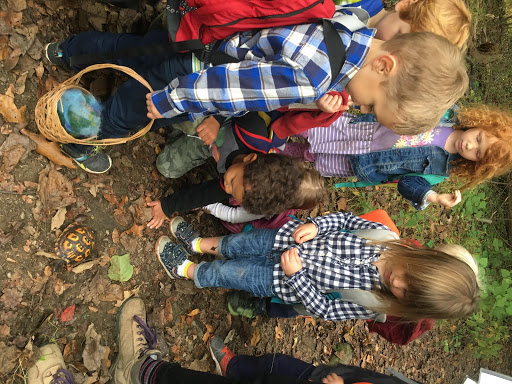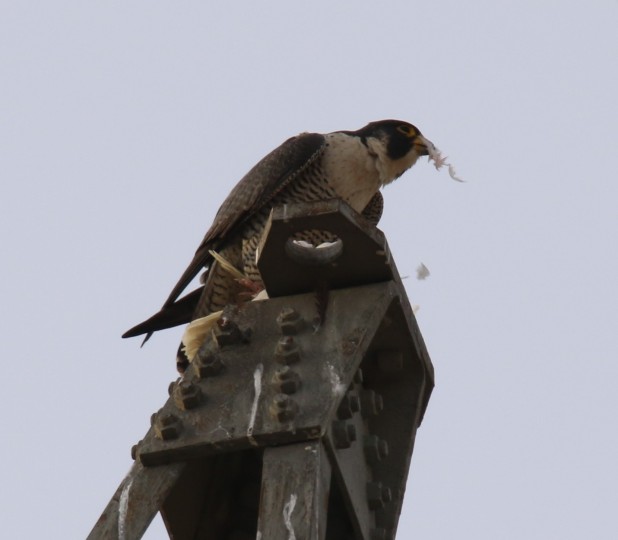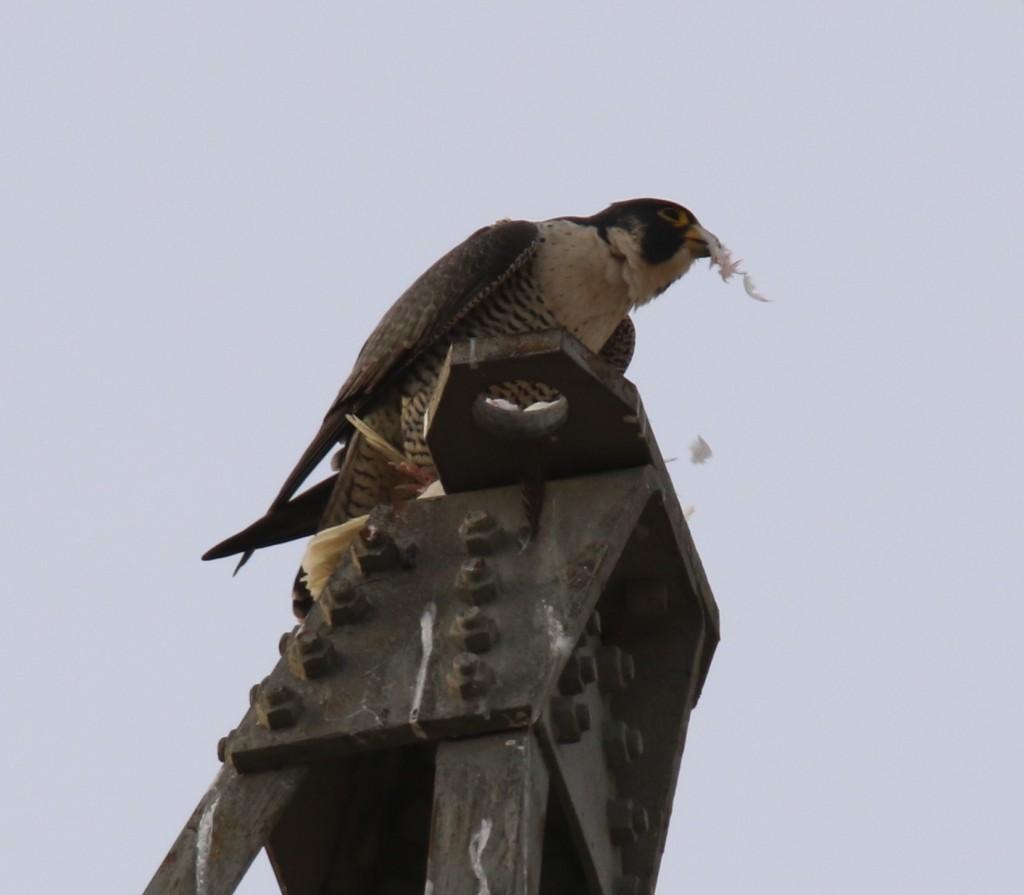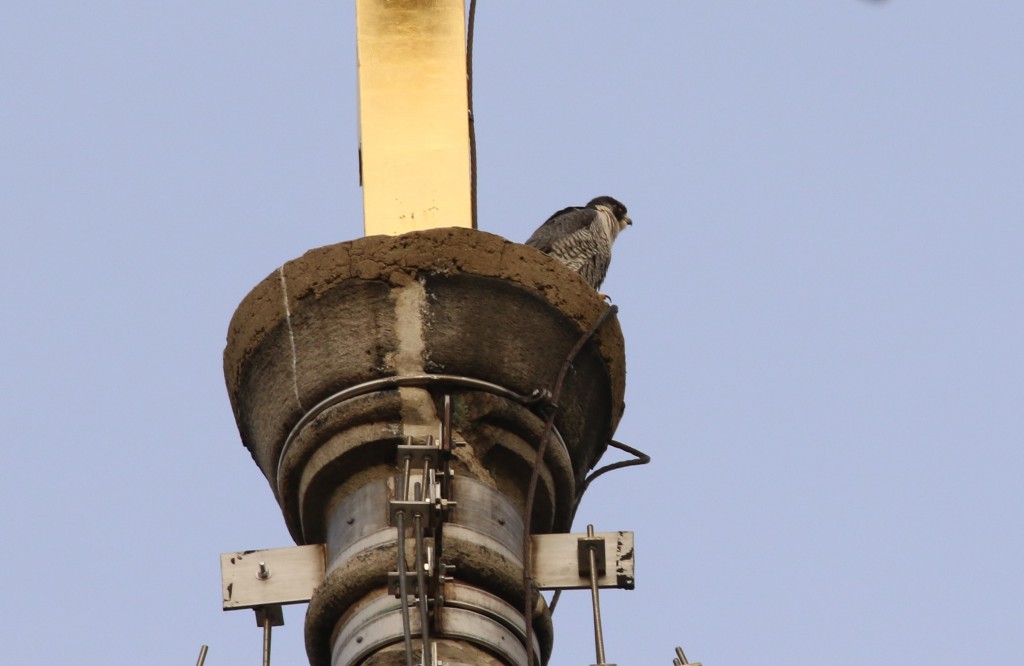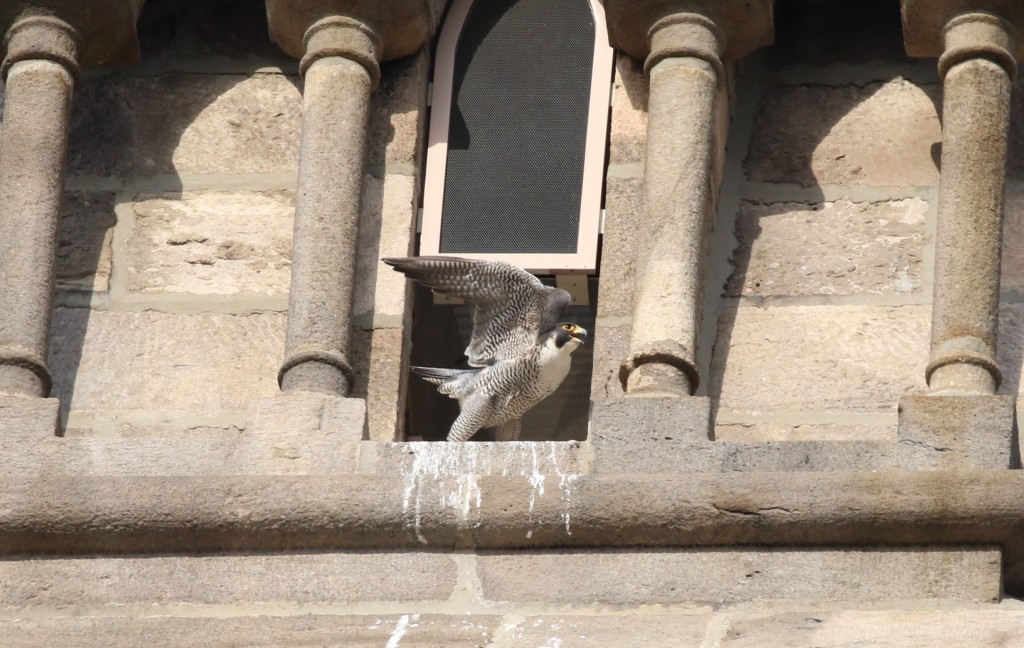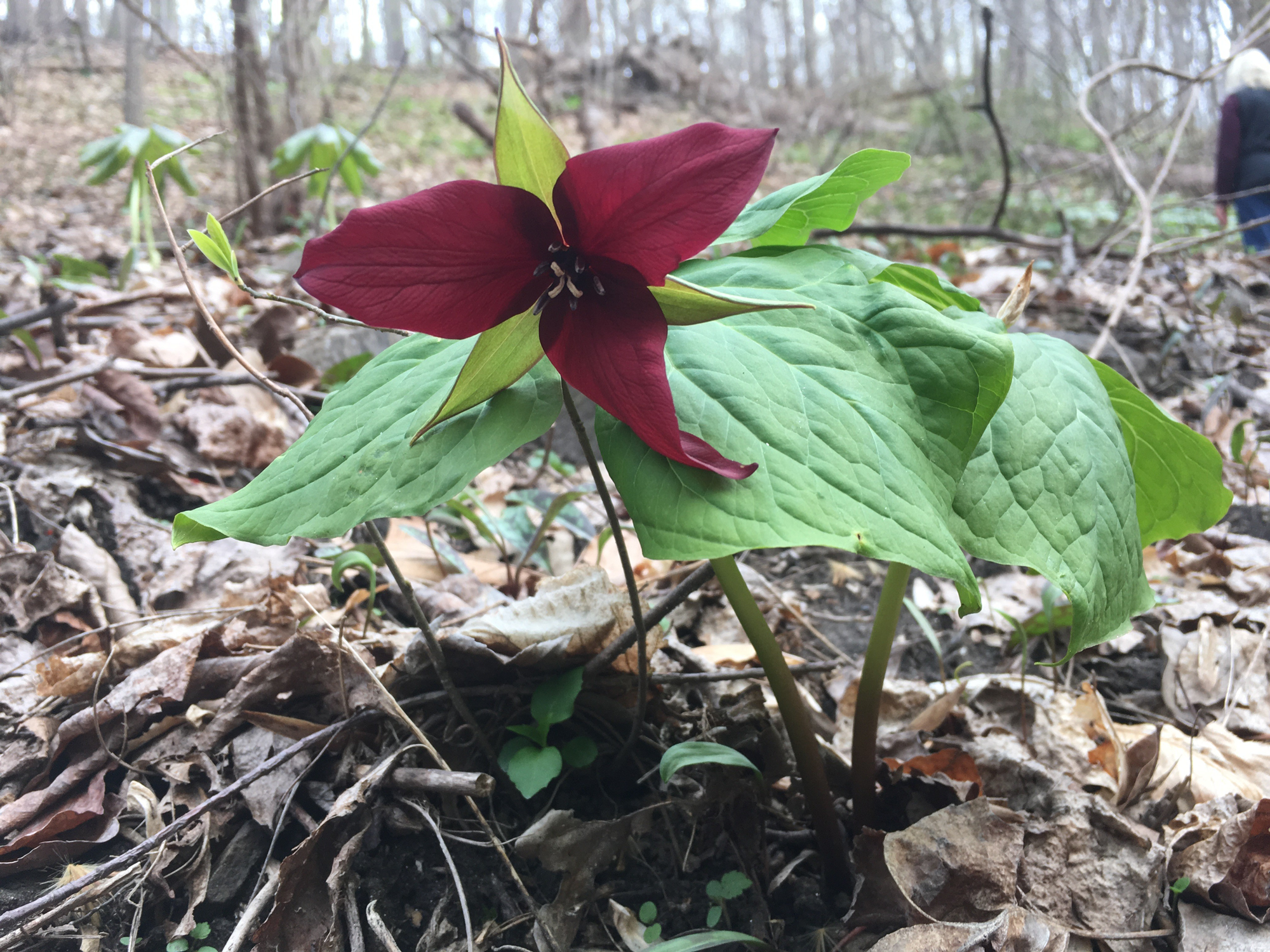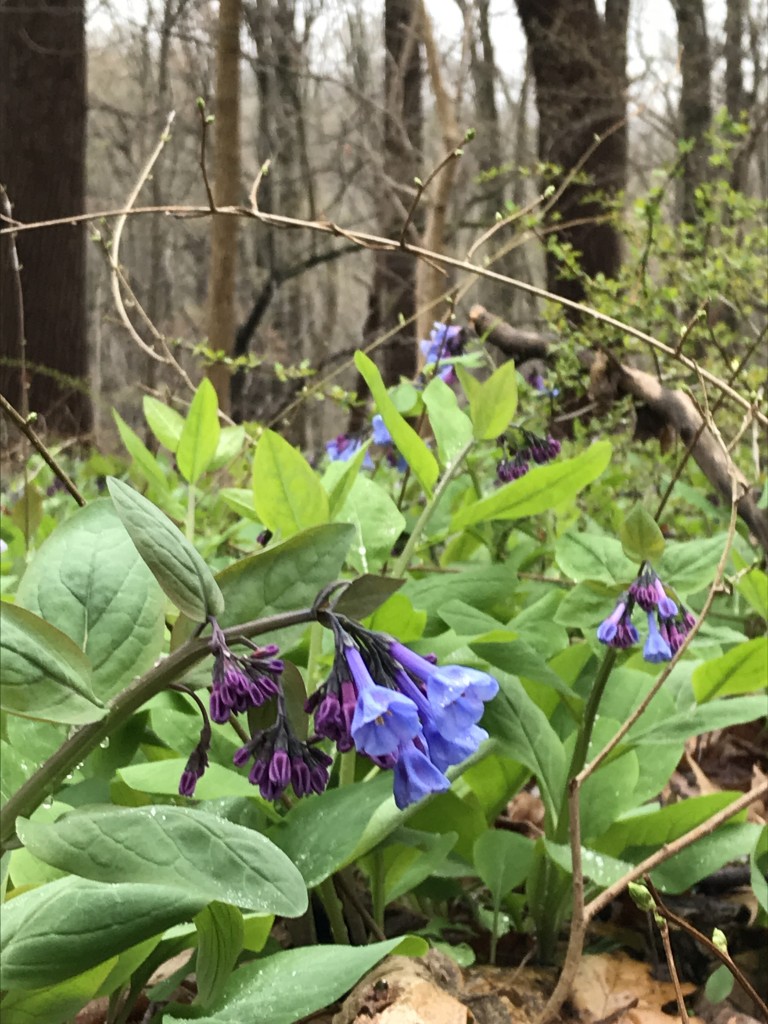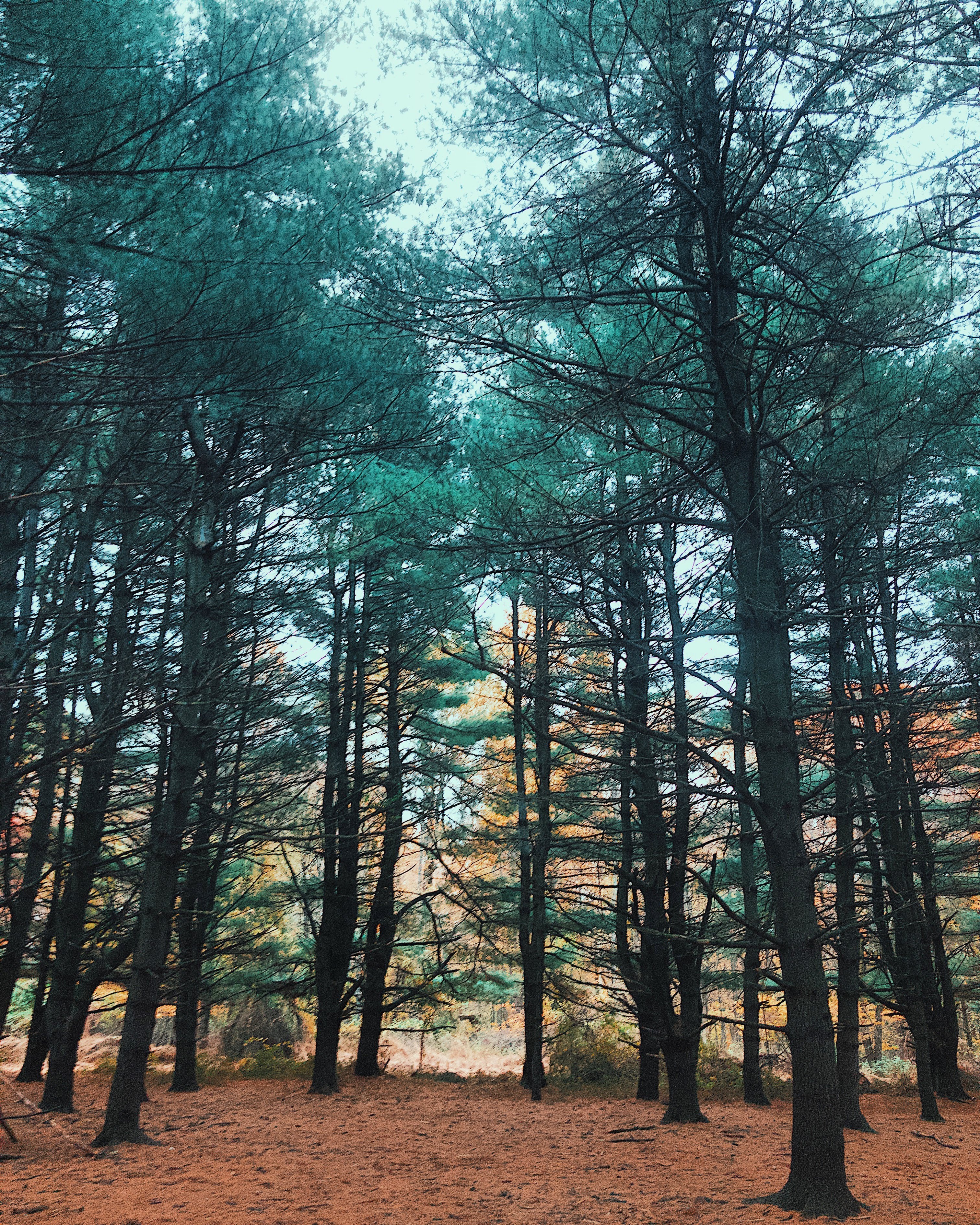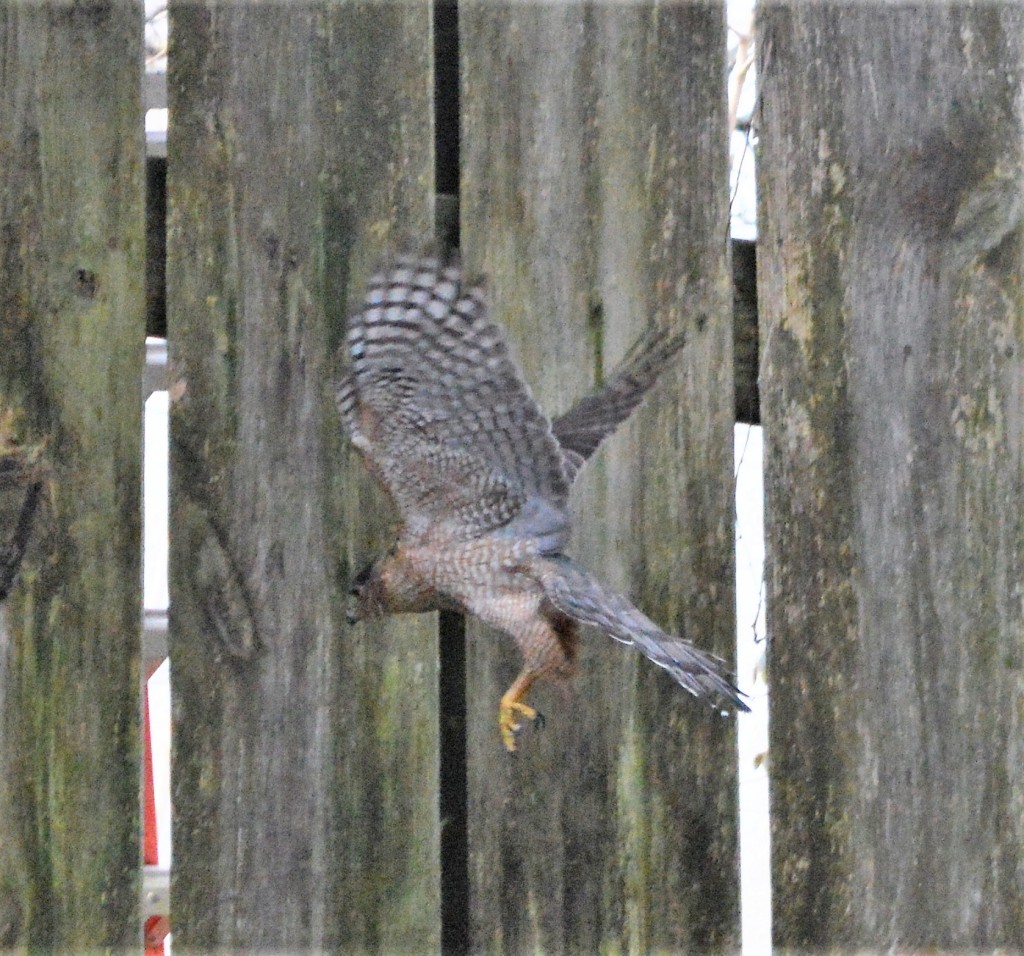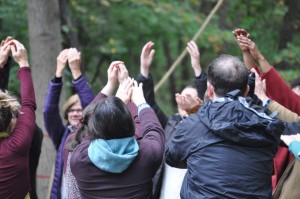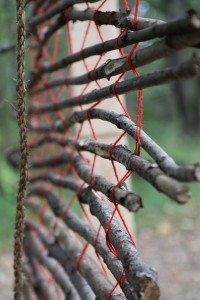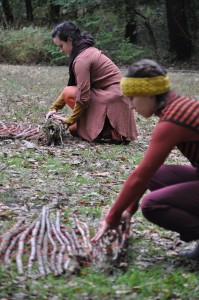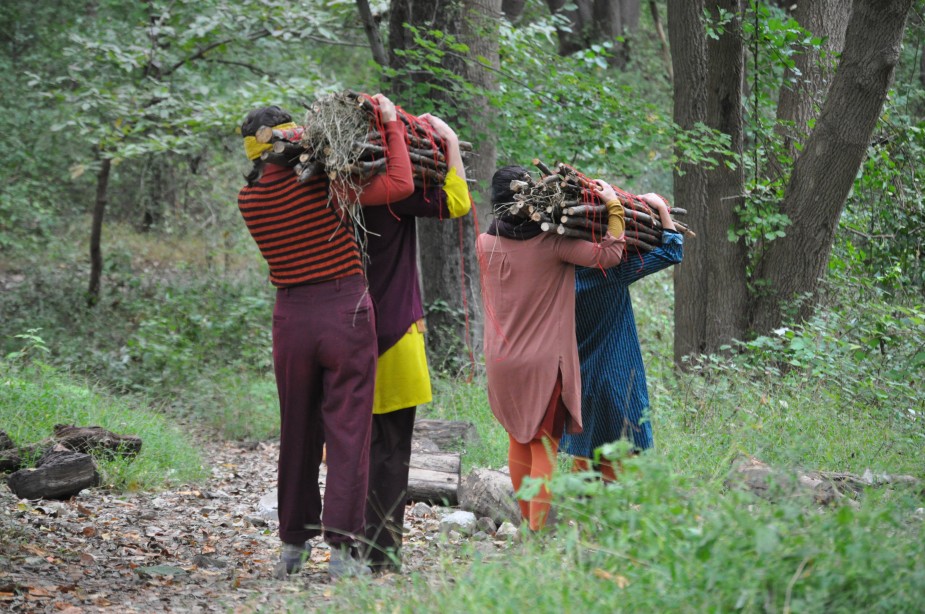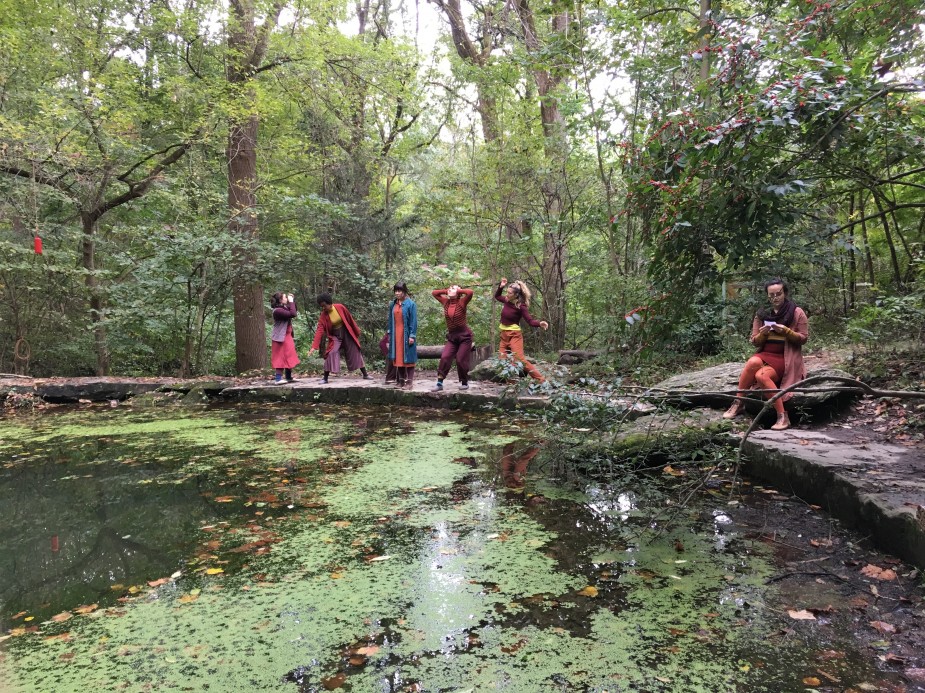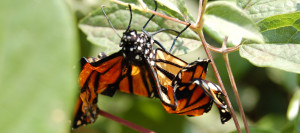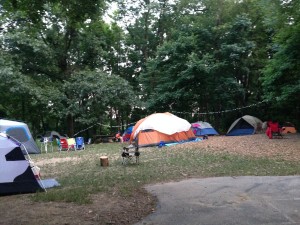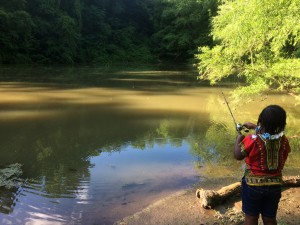“To Cattail Pond! To Cattail Pond!” several of the kindergarteners shout as they skip towards the Schuylkill Center’s serene, sunlit woodland opening at the edge of our forest, just a few quick steps outside our back door. This is one of our most active sites on the property in the late winter and early spring when water is abundant and vegetation is emerging.
For our 5- and 6-year-old kindergarteners, it’s an ideal place to set the outdoor classroom scene. Given the overwhelming evidence of the many health benefits of learning outdoors, especially in the context of the current health crisis, the Schuylkill Center kindergarten is shifting to all outdoor classes. This fall Ann Ward, a 30-year veteran in the field of early childhood education, will lead the class. As a nature preschool, one that uses nature as the primary context for learning, research confirms that being outdoors improves physical, mental, and emotional health and development in children.
Ann, and her co-teachers, embrace an emergent (child-led) curriculum rooted in the outdoors with the intent to create meaningful learning experiences that capture children’s passion while instilling a love for the environment. A typical day includes child-led play in the understory of the woodlands or a hike along the banks of the ponds or streams that traverse our space here. We bring materials with us on the trails including, writing paper, art tools, books, magnifying lenses and bug boxes, journals and cameras; all with the intent to collect documentation of our day’s adventures. All of our “natural” learning is interwoven with the Pennsylvania kindergarten standards.
As Teacher Ann well knows, these “mindful adventure seekers are becoming lifelong stewards of the earth propelled by an innate curiosity.” In this organic way, we enable these young minds the ability to build an intimate understanding of the natural world, one element at a time.
Nature Preschool has honored the relationship between children and nature as the core of our mission since its founding.
Teacher Ann observes that “the majority of other schools have indoor programs where they need to take the student outdoors to learn or they take them on short field trips. What we’re doing here is essentially flipping that and our children will be spending all of their time outdoors this coming year.” We incorporate all of the Pennsylvania standards into those activities so our children are growing physically and cognitively.
In terms of their sensory integration, playing and learning in nature is helping them develop fine and gross motor skills in a very organic way. When they’re outside, children naturally encounter different types of surfaces as they’re hiking. At the Schuylkill Center, they navigate over logs, rocks and up and down hills; they adapt to changes in the environment, across different weather systems, and different seasonal experiences so their bodies are constantly engaged in vastly different ways.
Our graduates of our state-licensed Kindergarten are raised to be stewards of the environment and how to find their place in it. Ann observes, “they know how to engage with the outdoors without destruction, without conquest, without overpowering, and therefore their mark on the world is sustainable.”
Our outdoor programming offers a rich and healthful alternative to traditional early childhood education, something that is essential now more than ever.
The Schuylkill Center Nature Preschool and Kindergarten will offer on-site programming outdoors for the 2020-2021 school year. We will be following all required safety procedures as described in our COVID-19 plan (required by the Pennsylvania Office of Child Development and Early Learning, one of our regulatory agencies). Masks will be required for children (over 2 years of age) and adults, cleaning and sanitizing, monitoring health (of children and staff) and, as much as possible, social distancing. Additionally, in order to reduce exposure, we will be working to create “pods,” small consistent groupings of 6 children with one teacher.
For more information about the Schuylkill Center’s Nature Preschool, contact Marilyn Tinari at marilyn@schuylkillcenter.org

